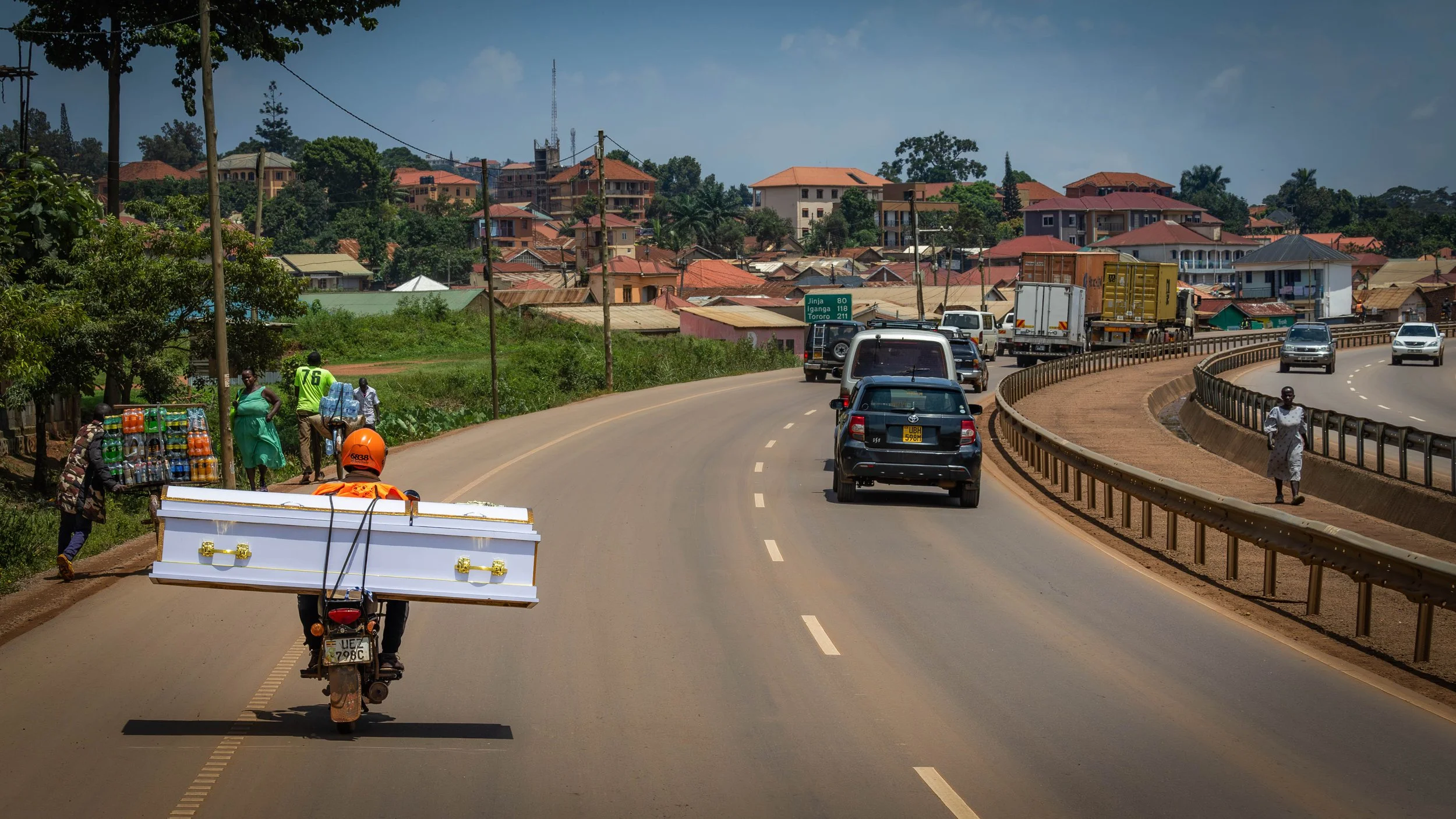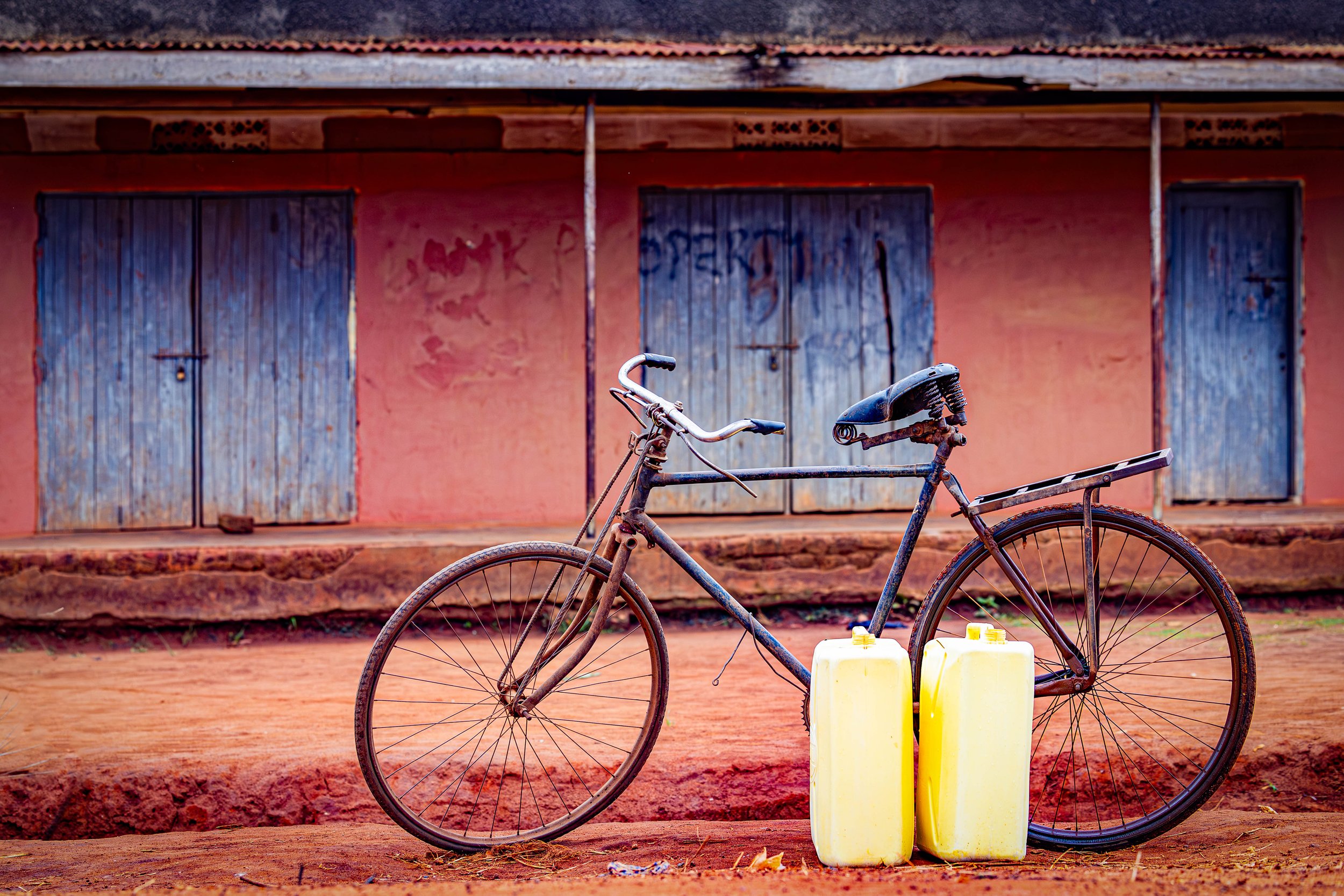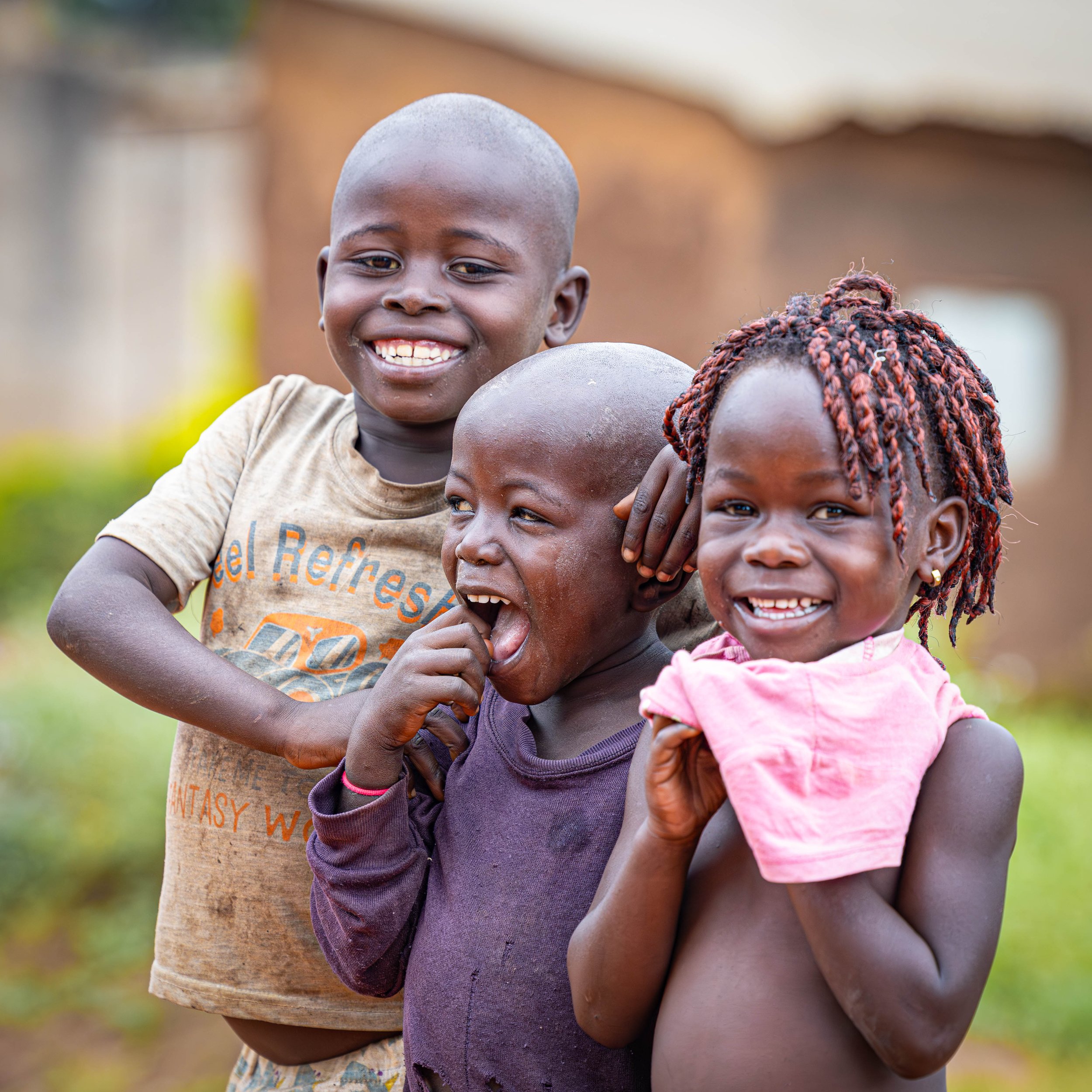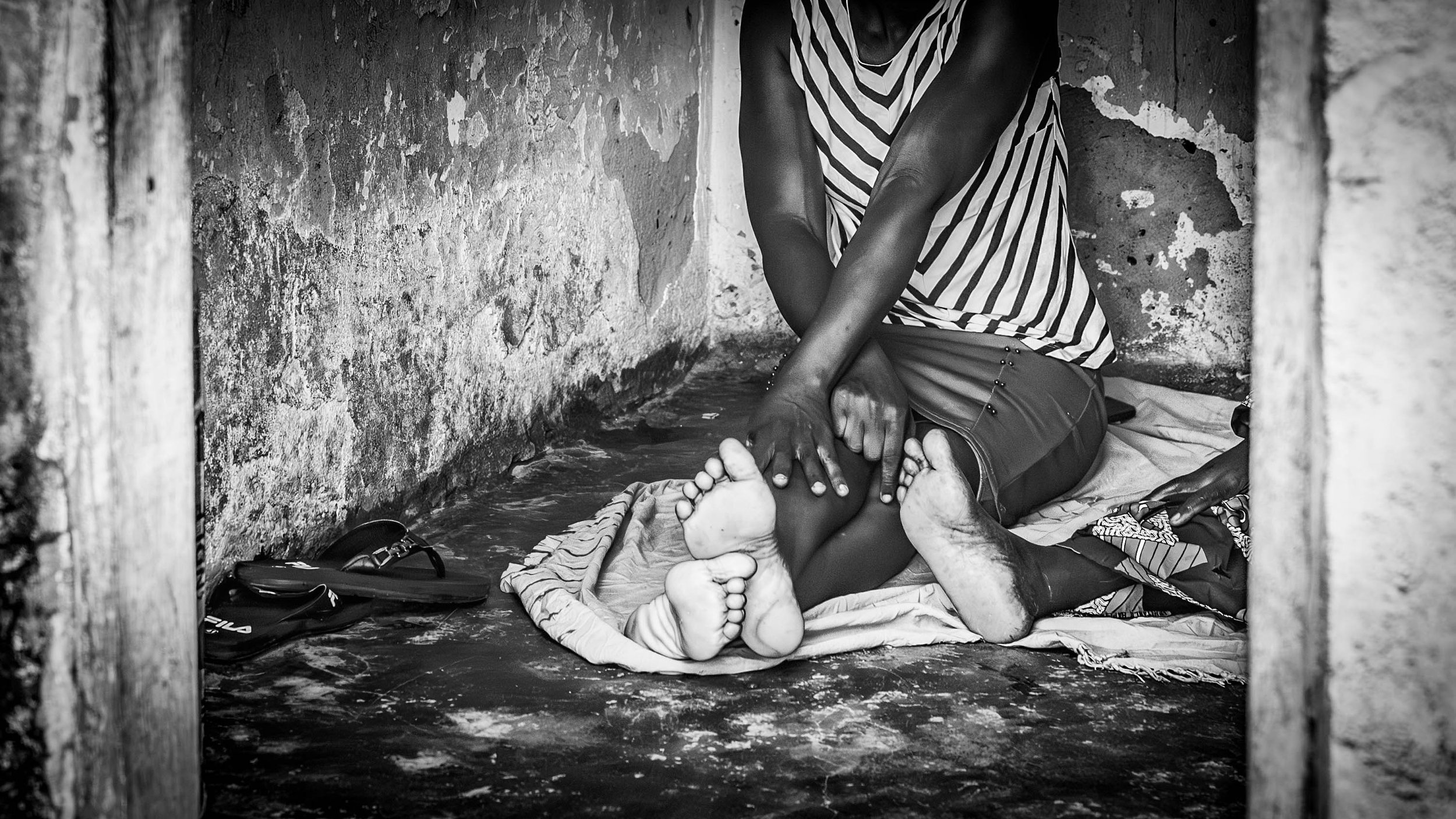Uganda
“There can be dangerous animals in the forest,” we are told at the Gorilla trekking briefing, “in case an elephant decides to charge, the armed ranger can fire a shot into the air.” The Bwindi Impenetrable Forest is high in the mountains on the border of Rwanda, Uganda and the Congo, the drive here taking one and half hours on rough steep tracks. Each group at the briefing is assigned up to two armed rangers equipped with assault rifles. The animals are not the only danger here this close to the border with the DRC. A few months ago, two British tourists and their guide were murdered in Queen Elizabeth Park by an IS linked rebel group and our trip has been changed to avoid the area to the north. We also have an armed soldier in our minivan from the campsite to the briefing point and there are a group of soldiers guarding the campsite. Those are not there for the elephants. Tourism is a big source of income for Uganda and they are taking the safety of its visitors seriously.
There are several families of mountain gorillas in the park who have been habituated to accept visitors. The process takes up to two years and if the dominant male changes, the process has to be repeated. Our small group are joined by another three who stayed overnight nearby and we need to drive to the start location for the trek to our assigned gorilla family. There’s not enough space in the off road minivan so Tammy gleefully accepts to jump on the back of our guide Brian’s motorbike to the village by the forest edge. Our family’s silverback is known as Rwigyi, meaning Door for the way he protects his family, and we start our hike from the village. We have hired a porter to carry the camera bag, the terrain can be difficult to walk, and it provides local employment for the community living by the forest instead of trapping or poaching.



















Crossing the farmland and entering the protected park area we begin to climb steps to an area laid out with small huts. The area was also home to the pigmy tribes that once lived in the forest, they were pushed out of the forest when it became a protected national park. A reproduction of their village and tree houses is laid out as they now do tours for visitors. We stop now and again as our guide Brian gets in contact with the trackers who direct him to where we can cross paths with the gorilla family as they move through the forest.
Brian answers his phone, the good news he tells us is that the gorillas have been tracked down, the bad news is that they are heading to where we started from. Walking back along the jungle path we meet the other trackers, from this point on we have to leave all our food behind and don masks. We take the cameras and leave the bags with our porter, moving further into the forest with the trackers, our maximum hour with the family starts from here. The trackers begin to clear some of the bush nearby and the gorillas shout a warning to the rest of the family.

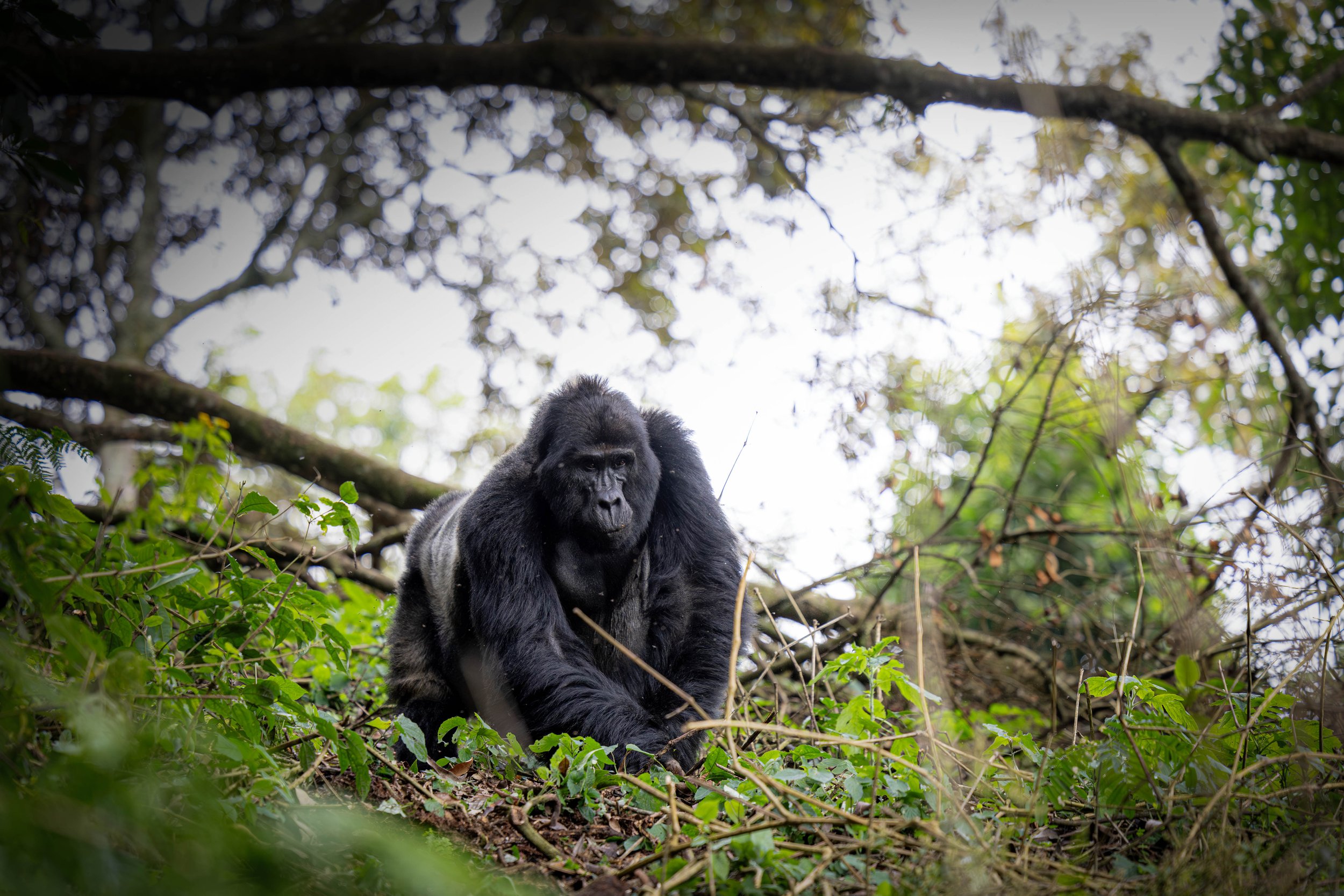
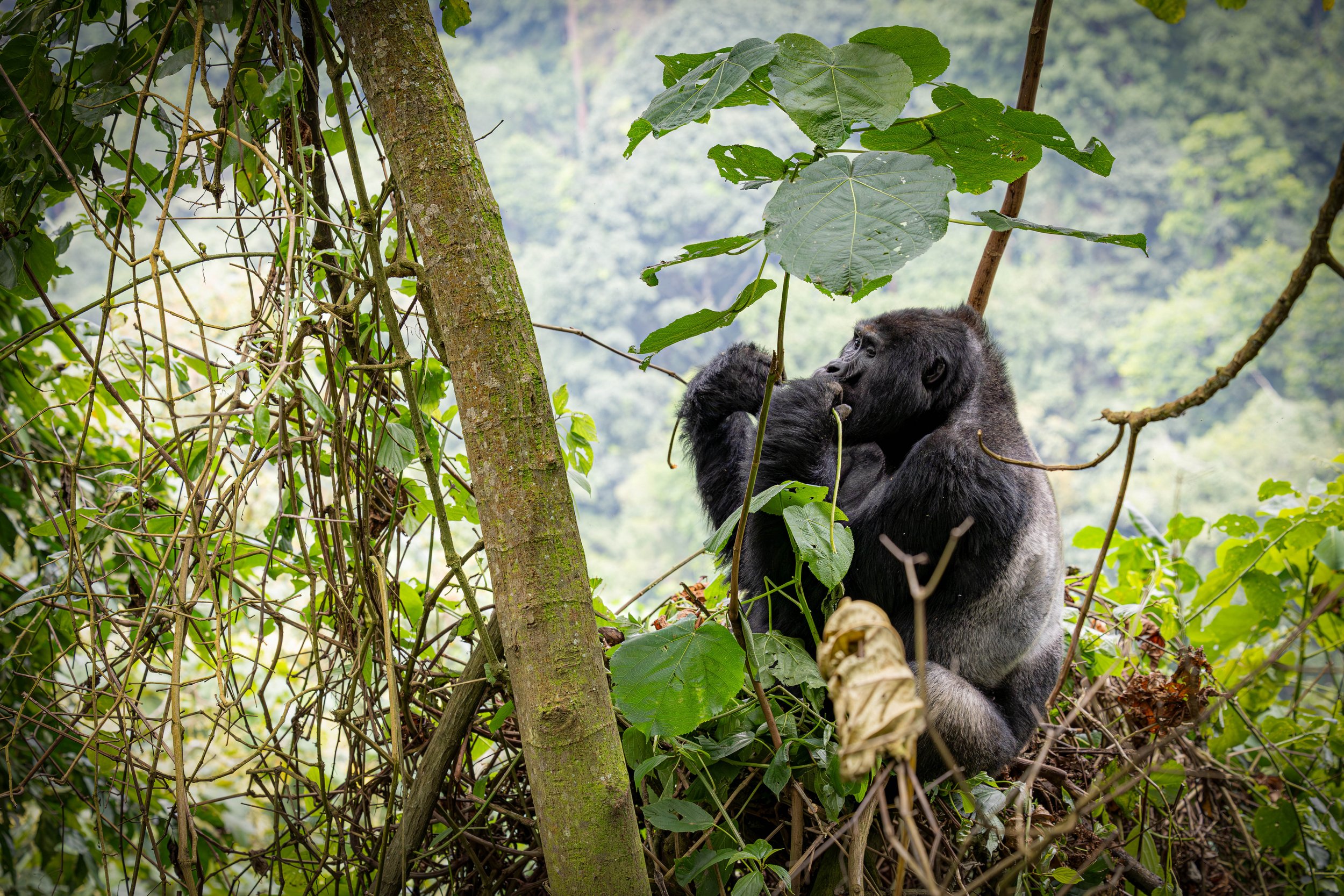












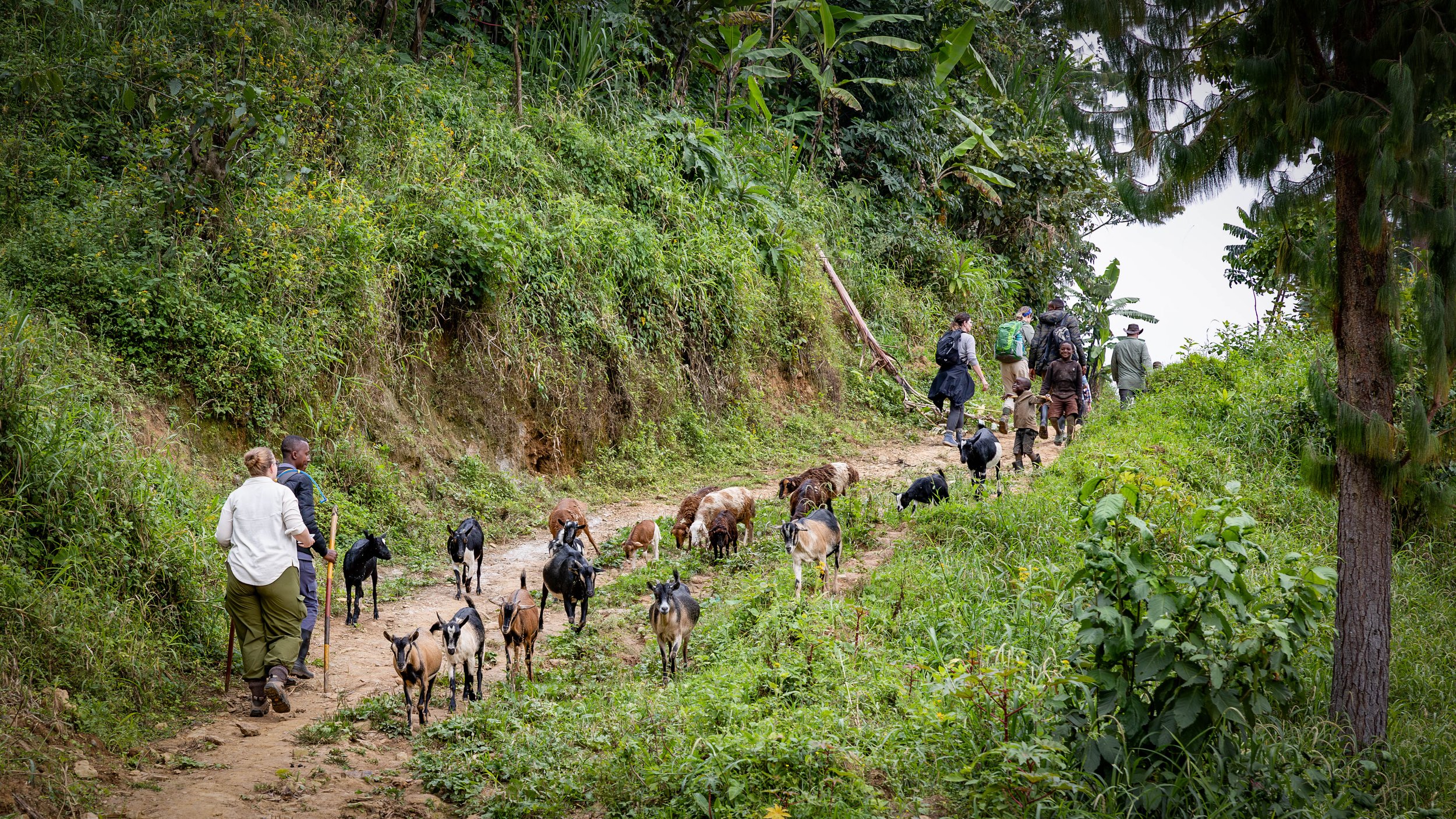








It’s a hair raising experience, the big male silverback that just shouted, begins to climb down the tree and moves towards us. Silverbacks are around 200 kilos, big and powerfully impressive up close in their territory. Most of the family remain high in the tree canopy, showering us with bits of branches as they eat the leaves high above. The silverback studies us, grunts, and then eats the leaves from a nearby bush. A female carrying a baby moves down and clambers past giving us a fleeting glimpse of her child. The baby is a week old, Brian tells us as he moves us round to get a better view of the apes that have descended to the forest floor. Gorillas eat up to twenty kilos of food a day and move often, foraging through the forest. The silverback gives a call and moves on down the steep mountainside. Our hour in their presence passes quickly and we return to the forest edge, reunited with our porter, ranger and the trackers and we leave the gorillas in peace.
Peter takes us on a tour of his coffee plantation. He grows his coffee here organically and talks us through how he manages his farm and the methods they use.
The coffee bush saplings are bent over to force the plant to grow extra shoots towards the sun. For the first four years of the plant they will grow other crops alongside that complement the coffee bushes, such as onions, tomatoes, garlic, and Irish potatoes. Companion planting is common among the fields of maize, beans and squash of the Ugandan village we had walked up the hillside to the farm.
Older plants are cropped with guava and avocado. After 15 years they cut the bush back to the trunk to start a new generation. The coffee bushes themselves will only produce coffee for 45 years and then they will need to plant other crops for 10 years before planting coffee in the same location. Avocado and Banana trees provide shade for the coffee plants. To keep the farm organic they compost cattle dung mixed with other organic matter instead of commercial fertiliser. It’s cheaper and they also get the milk from the cows. They also produce their own organic pesticide to keep the coffee beetles at bay, spraying the bushes twice a year.
The beans are extracted from the berry with a machine and then washed by hand. Some beans are kept, mixed with ash, and returned back to the farmers as seedlings. The beans are dried in the shade, and can be kept with their outer shells for eight years or pounded to remove the outer skin for a two year life span and sold to the coffee companies. To make us coffee to taste, the beans are roasted over a fire, splitting the beans to a light, medium and dark roast.
We have a couple of nights at a campsite near Jinja on the banks of the river Nile, almost all of us here upgrade to the large glamping tents with comfortable beds.
As I nervously head out the next morning to the Nile rapids for a rafting excursion, Martina goes on yet another village walk. She chats with the locals who tell her that the Mzungu’s (Tourists) have squishy white skin that needs to be protected by Mzungu cream (Sunblock) and they all have soft feet and can’t walk without shoes.
There are many medical staff in our group and Martina asked if they can see how the local medical care is provided. They aren’t able to visit the hospital but can visit a local medical centre. It’s small, three bare rooms without any furnishings, a nail on the wall suffices to hold a saline drip. The three doctors and five nurses treat around 150 patients per day here, often for malaria, HIV, but also births and other outpatient care. Although the clinic is busy the doctor takes time to talk to the group and they can ask their questions on how they work in their limited environment. There are no ambulances, serious injuries or cases would be referred to the hospital, some cases may not be survivable here that may be routine at home. Martina was grateful for the experience and it made her appreciate what may often be taken for granted.
There’s no photos from the rafting, the Nile would have certainly claimed my mobile phone as I was thrown from the raft as it toppled over. I missed the Mzungu cream across the top of my shorts and come back soaked, bruised, and with a burnt red builders arse.
The water churns and ripples under the motorboat, on the left shore of the northern tip of Lake Victoria is a monument to the British explorer John Hanning Speke, who claimed this point to be the source of the Nile. The waterfall that marked the exit of Africa’s largest lake into the world’s longest river is now submerged by a hydroelectric dam further downstream. Nearby a rickety shack on a pier built above the swirling currents sold tourist items for the source of the Nile. Shuttered up and partly submerged, the owner having moved to steady ground, the pier makes a focal point for photos.
A large monitor lizard can be seen from the banks and Kingfishers swoop and dive into the lake. As the sun sets we head back to shore, on the left is a posh yacht club without any yachts, on the right is a shanty fishing village.
Our next stop will take us back over the border into Kenya, through a Tea plantation in the highlands before entering the Massai Mara.



































